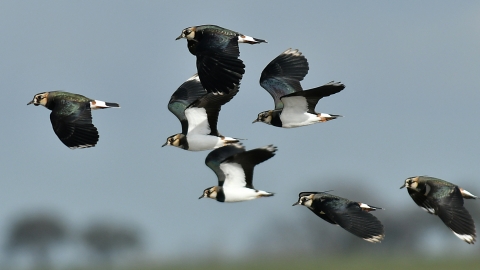10 October 2022 - We are sad to report that due to arson, the bird hide at Lion Creek has been destroyed. This also includes the barn owl box attached to the hide, the boardwalk and areas of the saltmarsh and scrub. Please note the area is currently taped off to visitors while we address the full damage and make the area safe. Apologies for any disruption to your planned visit. We will update when we have further information available.


Peter Hewitt
Lion Creek and Lower Raypits Nature Reserve
Know before you go
Dogs
When to visit
Opening times
Accessible at all timesBest time to visit
All year roundAbout the reserve
Lion Creek was once part of the Crouch estuary, until it was cut off by a seawall. Now the creek boasts an attractive border of saltmarsh plants such as sea lavender, golden samphire and sea-spurrey. This meadow alongside the creek also provides a home for a number of exciting invertebrates, including the UK’s rarest bee, the shrill carder. Walk further along the seawall path to reach Lower Raypits. Here, there has been significant habitat management for breeding waders.
Both reserves have bird hides to watch the thousands of waders and wildfowl gathering in the wet winter months. Keep your eyes on the skies as well though as these reserves are great for the increasingly rare hen harrier and short-eared owls also hunt over the grassland. Listen out for the plop of a water vole as special water vole islands were created that now support a good population of this endangered mammal.
